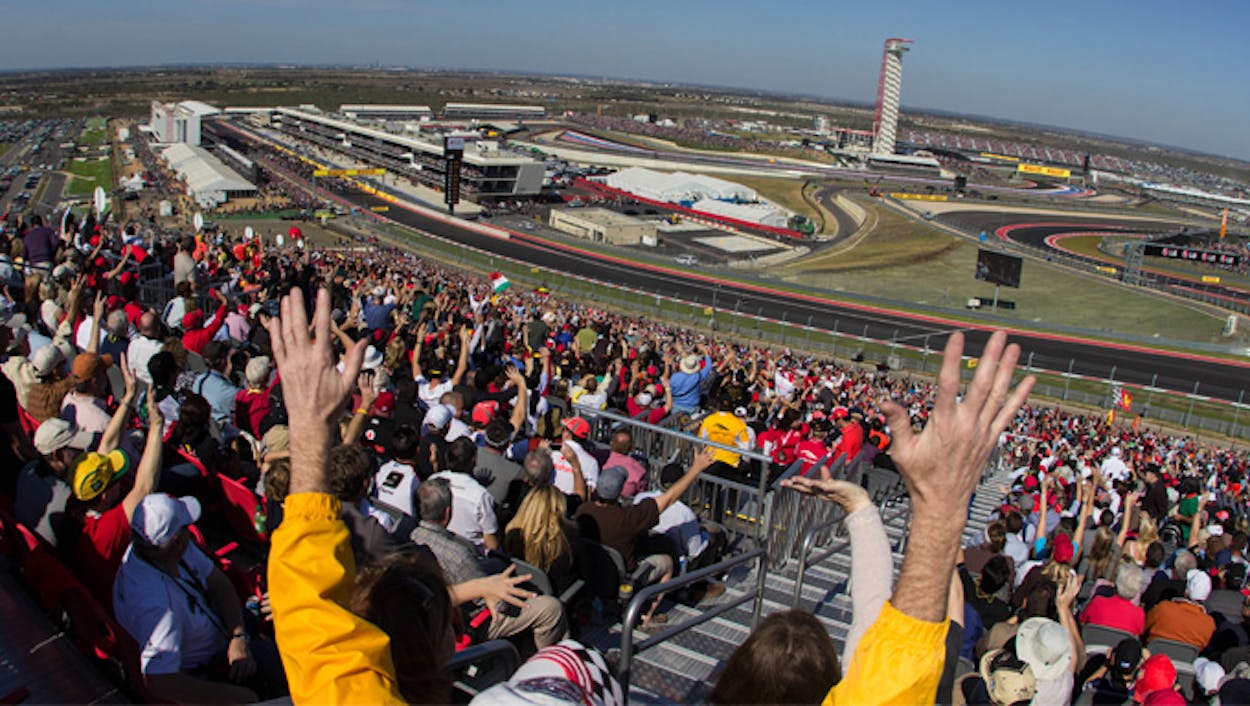Knowing something about automobiles is part of Bun B’s job description. “Houston’s hip-hop culture is largely defined by the car culture,” he said. But while Houston’s car scene is based on heavily customized automobiles called “slabs” (originally an acronym for “slow, loud and bangin’”), his latest passion focuses on a different, faster sort of car.
In May, Bun B, the Port Arthur-born, Houston-based rapper, completed his fourth Gumball 3000, a six-day, 3,000-mile international motor rally in which he and a partner raced a souped-up Range Rover Sport against a diverse cast of celebrities, athletes and international scenesters that included the actor David Hasselhoff, the skateboard star Tony Hawk, and Prince Talal M.A. Al-Faisal Al-Saud. The race ended in Monaco just in time for them to turn from drivers into spectators and take in the Monaco Grand Prix, arguably Formula One racing’s signature event.
“F1 is the most outrageous sport on the planet,” said Bun B, whose newest album, The Epilogue, comes out Tuesday. “It’s an incredible audio-visual experience—a lot of noise, people and energy. I’m addicted.”
This week Bun B will attend the U.S. Grand Prix, which will be held at the new Circuit of the Americas racetrack in Austin. The three-day event will kick off Friday. We asked Bun B to provide his tips for spectators seeing a Formula One race for the first time.
Pack Hearing Protection
Gunshots generally ring in at 140 decibels and Formula One brags in publicity materials that its races regularly register 147 decibels. Foam earplugs are standard, but it’s not unusual to see spectators using the high-performance over-the-ear headphone-style protection worn at shooting ranges.
“Hearing protection is essential. With the possible exception of a Kansas City Chiefs football game, it’s the loudest place you can be. In Austin, you’re a little further away from the track then at some of the other tracks on the tour, but if you’re near ground level at all, you’re going to want the over-the-ear style. You don’t think it’s going too bad till you’re home with your ears ringing all night long. That’s not cool. And I’m a musician. I kind of feel like I need my ears.”
Pick Your Spot
Some 117,000 people attended the final day of last year’s inaugural U.S. Grand Prix in a wide range of seating, from bleachers and general-admission grass berms to VIP hospitality suites. No seat in the house allows you to see the entire track.
“The turns have some of the most harrowing action — crashes and near-misses. But I really like the straightaways, where you see these cars seize the opportunity to really move, as fast as 220 miles per hour. Either way, be sure you can see the Jumbotrons to watch the action you can’t see.”
Check Turn 1
With an elevation of 133 feet, the Circuit of the Americas’s hairpin Turn 1 is the course’s signature feature.
“The elevated turn is incredible. After last year’s race, I heard afterwards that it’s what the drivers were talking about and exhilarated by. But it’s incredible for us as spectators too. And it’s something only Austin has.”
GET A CLOSE LOOK
The sport gets its name from the formula that all cars must adhere to, a set of strictly enforced regulations and standards covering everything from the car’s size to its brake, electric, and fuel systems. Yet no two cars are alike because of each team’s unique design elements.
“Aerodynamically, they’re the finest-tuned machines on the planet. But they’re also the most interactive; there are sensors that relay information from every point of the car. From the wheels and brakes to the gears and steering wheel, they’re relaying information to guys at the track and to another team of guys huddled in a control room in Europe, who are sending real-time information back. Every move they make, every acceleration and deceleration, is being calculated. It’s dizzying how intricately married the technology and machinery are.”
Talk Tire Protection
“Tire pressure is probably the biggest factor in determining who wins a race. They’re at the heart of how the car handles, particularly on the turns. They have a crazy amount of sensors on the wheels and tires to see exactly where the tires touch and what pressure works best on a particular track and in particular weather conditions. They even keep all the used tires to study and measure their tread.”
PREPARE TO PEOPLE-WATCH
“If you want to be in the middle of the most powerful networking opportunity in the world, F1 is it. Some of the wealthiest people in the world are F1 fanatics. This is where you want to take your clients and where you want your competition to see you. It’s aspirational—you see how these people are living, and you want to come back doing a little bit better than last time. You want to spend a little more money, see it from somewhere better, and party a little harder.”






